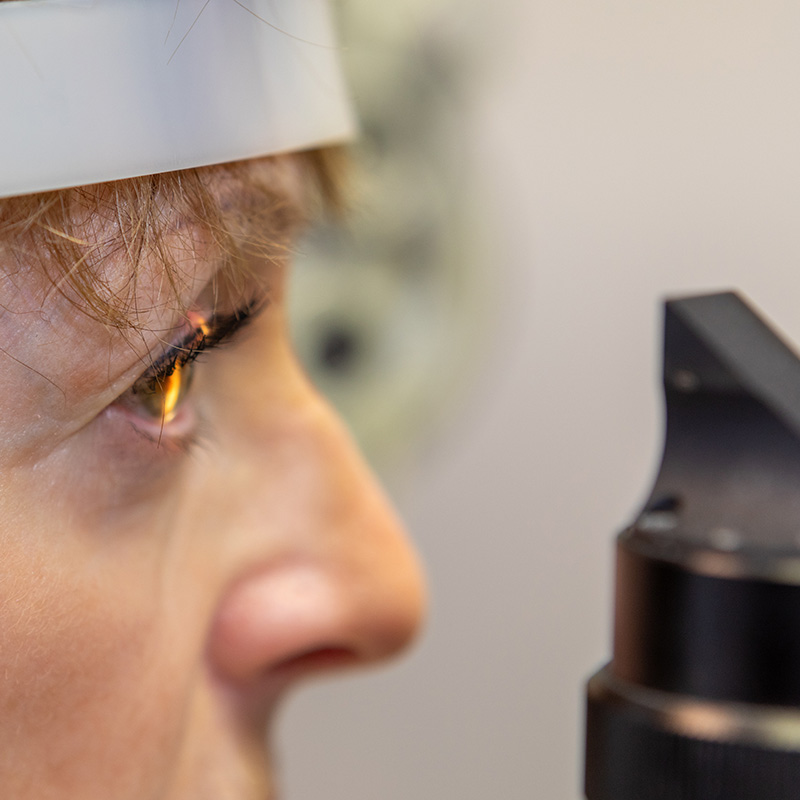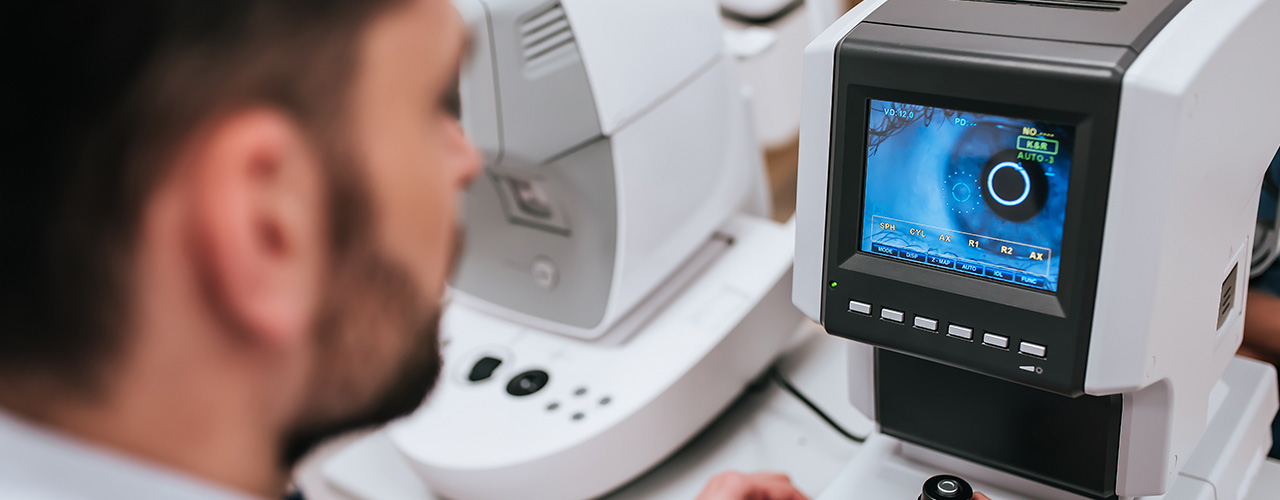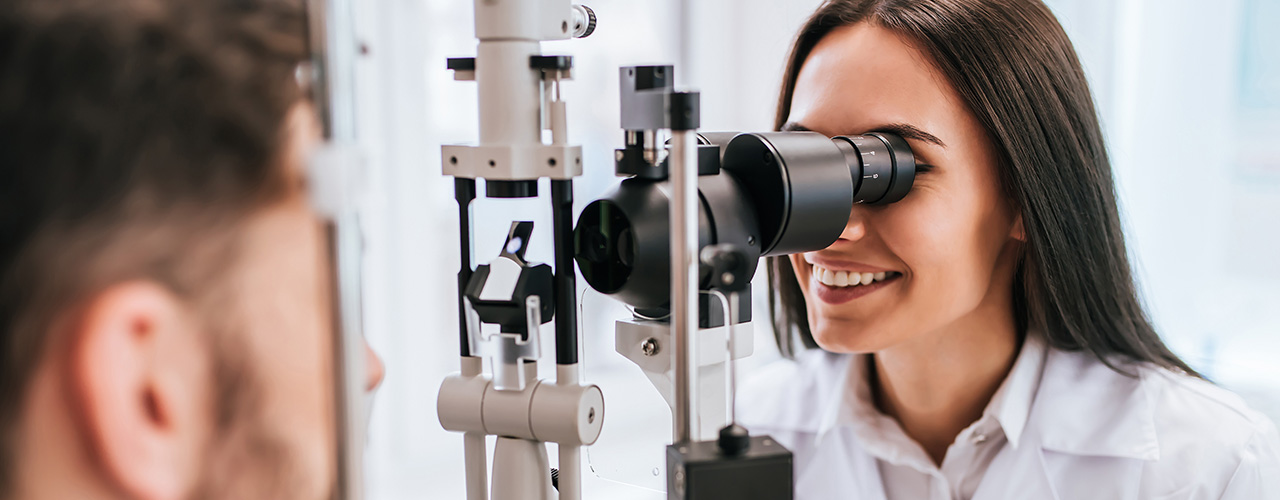COMPREHENSIVE EYE EXAMS IN Laguna Beach
As time passes, your eyes change naturally, impacting your vision and prescription requirements. These changes stem from aging, environmental conditions, hormonal shifts, medication, and daily activities. Just as you prioritize annual check-ups with your family doctor for overall health, regular eye exams are equally — if not more — vital for preserving exceptional vision and high-quality life. If you're considering scheduling an eye exam nearby, contact our office.

Protect Your Eyes With Annual Eye Exams at i2ioptometry
As time passes, your eyes change due to various factors such as aging, environmental conditions, hormonal shifts, pregnancy, medications, and daily activities. Just as an annual physical with your family doctor is crucial for overall health, regular eye exams are equally—if not more—vital in preserving exceptional vision and enhancing your quality of life.
Curious about scheduling an eye exam nearby? Contact our office, and we will help you schedule an appointment.
What Is a Comprehensive Eye Exam?
In contrast to a routine eye check-up, a comprehensive eye examination at i2ioptometry in Laguna Beach, California, is a detailed assessment that delves into your eye health and visual capabilities. Throughout the exam, David N. Cler, O.D. takes a personalized approach, discussing your medical history, family health background, medications, hospital visits, and lifestyle choices—factors that profoundly impact your vision. Our cutting-edge facility houses state-of-the-art medical tools and advanced technologies, ensuring you and your family receive the highest quality care possible.
A pivotal component of this comprehensive eye exam is the refraction test, a basic vision assessment. This straightforward test involves you looking through a Phoropter, focusing on an eye chart positioned about 20 feet away. David N. Cler, O.D. then determines the optimal lenses that grant you the clearest, most precise vision. At i2ioptometry, we prioritize your eye health and aim to provide comprehensive care that addresses your unique needs and elevates your vision to its best potential.


What Does a Comprehensive Eye Exam Include?
We perform several tests to evaluate your overall eye health during a comprehensive eye exam. These tests cover everything from checking how clearly you see to assessing the health of the various parts of your eyes.
Some of the tests include checking your:
- Ability to see clearly (Visual Acuity Test)
- Eye prescription needs (Refraction Exam)
- How well your eyes work together (Binocular Vision Assessment)
- Ability to differentiate between colors (Color Evaluation)
- Eye pressure (Eye Pressure Test)
- Side or peripheral vision (Peripheral Vision Assessment)
- Retina and optic nerve health (Digital Retinal Imaging and OCT Scan)
- Cornea's size and shape (Corneal Mapping)
Based on your specific case, the doctor may perform any of the following tests:

How Often Should I Have a Comprehensive Eye Exam?
Getting a comprehensive eye exam annually is recommended. However, if you have factors like a family history of eye problems, diabetes, high blood pressure, or if you smoke or struggle with obesity, more frequent check-ups might be necessary.
How Long Does a Comprehensive Eye Exam Take?
A comprehensive eye exam demands attention to detail. Typically, it can take up to an hour. Dr. Michael D. Cook dedicates this time to give your vision the utmost care, ensuring you get the most out of life by having the best vision possible.
Each person is unique. If the doctor identifies any eye conditions needing treatment, we'll tailor a personalized treatment plan to your needs.
Binocular Vision Assessment
Similar to how binoculars allow you to use both eyes simultaneously when looking at something far away, binocular vision is the ability of your left and right eye to focus on an image or object so that your brain “translates” the image into understanding what you’re seeing. At its basic level, binocular vision means how the eyes work together as a team.

Color Evaluation
A color evaluation tests the ability to differentiate between colors. It is usually done with Ishihara color plates, a series of round circles with colored dots inside that form a number. The patient studies the image, either on paper or on a computer screen, and determines if they can clearly see the number. This is an important test because difficulty distinguishing between red and green often is a sign of color blindness.
Eye Pressure Test
A tonometry test, more commonly referred to as an eye pressure test, checks the amount of intraocular pressure (IOP) in your eye. Because a high level of pressure can be a sign of Glaucoma, the eye pressure test is an essential part of any comprehensive eye exam. This test involves eye drops which numb the eye, followed by a small device that the doctor uses to gently touch the eye, checking pressure levels.
Peripheral Vision Assessment
Peripheral Vision is the ability to see what is to the side without moving your head. While your eyes may be focused on an image or object, you can still see things around that focal point. The doctor performs this assessment by instructing you to focus on something directly in front of you, such as a pen. Then you’ll be asked what you can see to the side or slightly away from that object. This test can determine if there is any loss of peripheral vision, which can indicate a number of eye diseases, such as Glaucoma, Diabetic Retinopathy, or Retinitis Pigmentosa.

Corneal Mapping
Corneal Mapping is a process involving the measurement of the cornea. Dr. Cook will use a computerized system and/or a keratometer to collect exact details about the size and shape of your cornea. This is done to ensure that the curvature and size is correct, which allows light to enter your eye so that you can focus on images and see clearly.
OCT Scan
Similar to a traditional CT scan, an OCT Scan (Optical Coherence Tomography) checks for eye diseases by examining the layers of your retina and optic nerve. This test involves the use of a laser with light to provide the doctor with detailed, colored images of the retina. There is no radiation and the test is painless and non-invasive.
Visual Acuity Test
Visual Acuity is the ability to see clear, sharp images from various distances. To test this skill, the doctor will instruct you to look at an eye chart in various types of bright lighting. The smallest letters or numbers that you can clearly see determines your level of visual acuity.
